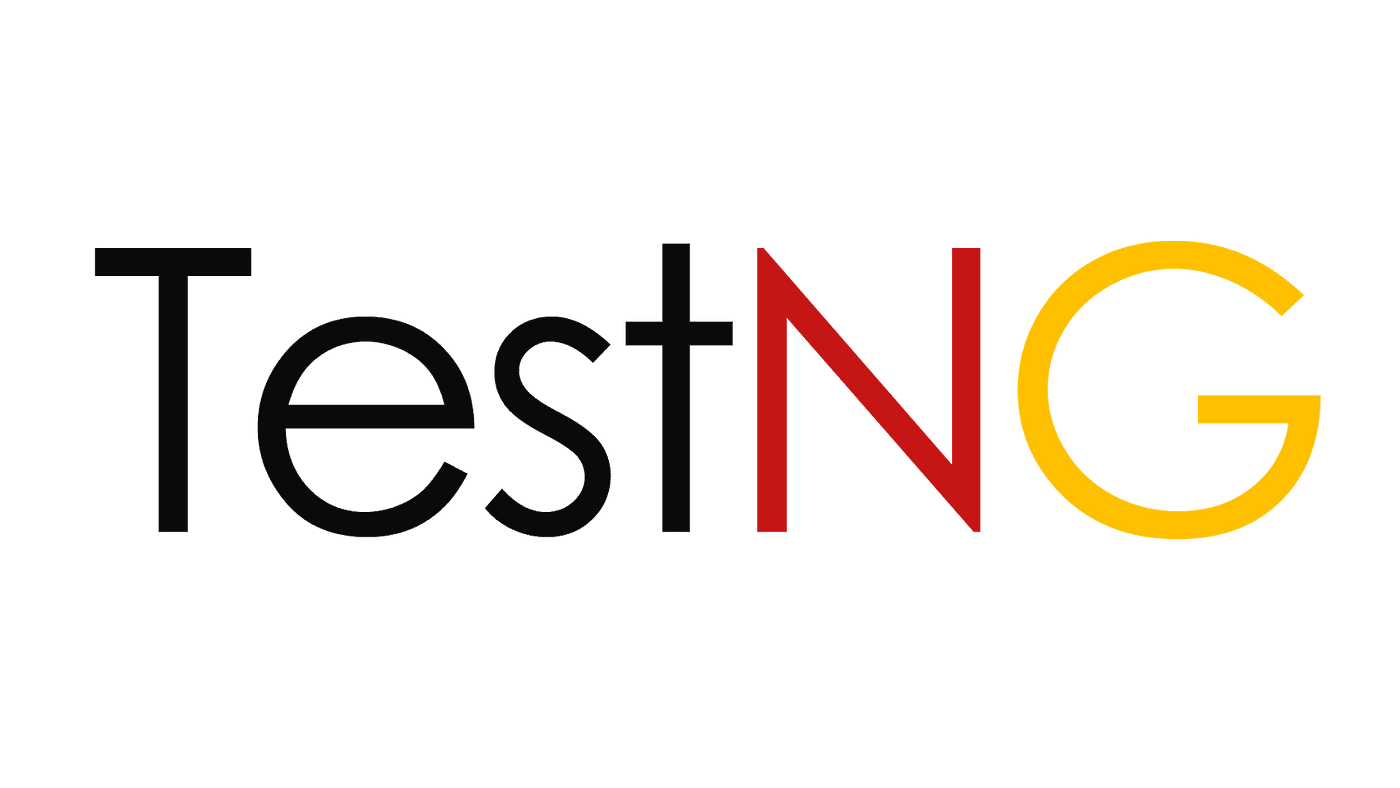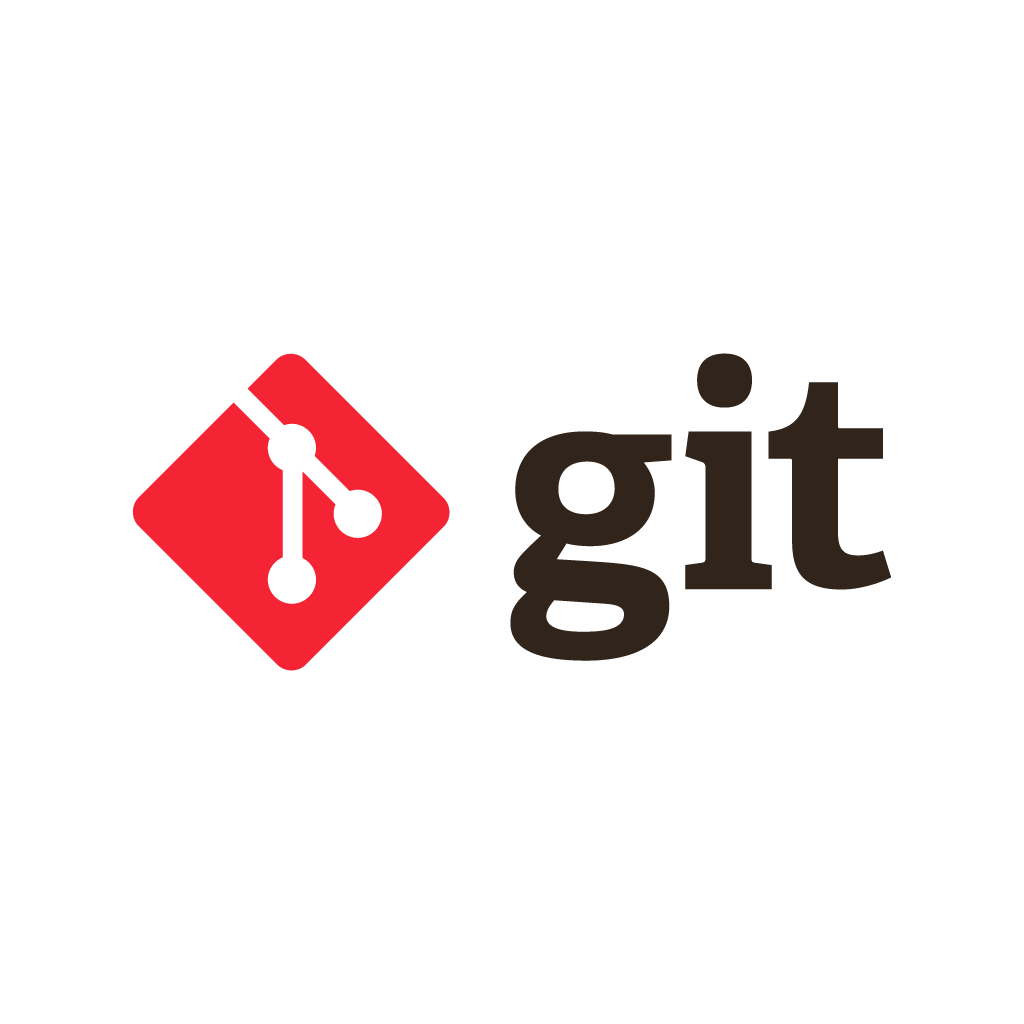430 views | Published - Fri, 21 Mar 2025
 (3).png)
Understanding DevOps: A Comprehensive Guide
What is DevOps?
DevOps is a modern software development practice that combines Development (Dev) and Operations (Ops) to streamline the entire application lifecycle. It integrates software development, testing, deployment, and monitoring into a continuous and automated workflow, improving efficiency, reliability, and collaboration among teams.
The primary goal of DevOps is to accelerate the software development lifecycle while ensuring high-quality, frequent releases that align with business objectives. By fostering a culture of collaboration between developers and IT operations, DevOps enhances automation, reduces deployment failures, and enables rapid recovery in case of issues.
The Evolution of DevOps: From Waterfall to Agile
Before DevOps, traditional software development followed two primary models: Waterfall and Agile. While both have their merits, they also posed significant challenges that DevOps aims to address.
The Waterfall Model
The Waterfall model is a linear, sequential approach where development flows through distinct phases:
- Requirement Analysis – Gathering client needs.
- Design – Creating a software blueprint.
- Implementation – Coding and development.
- Testing – Conducting unit, integration, and performance tests.
- Deployment – Releasing the software to production.
- Maintenance – Addressing performance issues post-deployment.
Advantages of the Waterfall Model
✔️ Simple and easy to understand.
✔️ Well-structured phases for clear progress tracking.
✔️ Suitable for small projects with well-defined requirements.
Disadvantages of the Waterfall Model
❌ Rigid structure; difficult to implement changes.
❌ Testing occurs late, leading to costly fixes.
❌ Not ideal for complex and evolving projects.
The Agile Approach
Agile methodology introduced an iterative development approach where software is built in small increments called sprints (typically 2-8 weeks). Agile promotes flexibility, continuous feedback, and frequent releases, which makes it a better fit for dynamic business needs.
Advantages of Agile
✔️ Adaptable to changing requirements.
✔️ Faster error detection and resolution.
✔️ Promotes collaboration between teams.
✔️ Suitable for large and evolving projects.
Disadvantages of Agile
❌ Requires clear and frequent customer involvement.
❌ Challenging to estimate timelines for complex projects.
❌ Increased documentation and maintenance efforts.
While Agile improved efficiency, it still left a gap between development and operations, leading to deployment bottlenecks and operational inefficiencies. This is where DevOps comes in.
DevOps Life Cycle: Key Stages and Tools
DevOps follows a structured lifecycle consisting of continuous integration, continuous testing, continuous deployment, and continuous monitoring. Each phase leverages specialized tools to optimize efficiency.
1. Continuous Development (CD)
Continuous Development includes planning and coding. Tools commonly used:
- Jira (Project Management & Issue Tracking)
What is Jira?
Jira is an Agile project management tool that helps teams track software development progress, manage tasks, and organize workflows. Originally designed for bug tracking, it has evolved into a comprehensive tool for Agile and DevOps methodologies.
Key Features:
✔️ Customizable workflows for Agile, Scru
m, and Kanban.
✔️ Issue tracking and bug management.
✔️ Real-time collaboration and reporting.
✔️ Integration with CI/CD pipelines.
Why is Jira Important in DevOps?
Jira allows teams to track progress, manage software versions, and incorporate customer feedback efficiently, ensuring smooth continuous development.
- Git – Version control for collaborative development.
What is Git?
Git is an open-source distributed version control system (VCS) that enables multiple developers to collaborate on the same codebase efficiently. It helps track code changes, manage versions, and merge updates seamlessly.
Key Features:
✔️ Branching and Merging: Developers can create separate branches to work on features and later merge them.
✔️ Distributed System: Every developer has a local copy of the repository, ensuring redundancy and speed.
✔️ Collaboration-Friendly: Enables smooth team collaboration and code reviews.
Why is Git Important in DevOps?
Git is essential for Continuous Development (CD) as it enables teams to collaborate, track changes, and integrate code efficiently.
2. Continuous Integration (CI)
Developers frequently merge code changes into a shared repository, reducing integration issues. Tools used:
- Jenkins – Automates build and test processes.
What is Jenkins?
Jenkins is an open-source automation server that facilitates continuous integration and continuous delivery (CI/CD). It automates building, testing, and deploying applications.
Key Features:
✔️ Plugin Support: Over 1,800 plugins to integrate with various DevOps tools.
✔️ Automated Builds & Testing: Automatically compiles and tests code on every commit.
✔️ Pipeline as Code: Allows developers to define CI/CD pipelines using code.
✔️ Scalability: Supports distributed builds for large-scale applications.
Why is Jenkins Important in DevOps?
Jenkins reduces manual intervention in deployment, ensuring faster releases with minimal errors.
- GitLab CI/CD – Built-in continuous integration tool for Git repositories.
What is GitLab CI/CD?
GitLab CI/CD is a built-in Continuous Integration (CI) and Continuous Deployment (CD) tool within GitLab that automates software development workflows, from code integration to deployment.
Key Features:
✔️ Pipeline Automation – Automates build, test, and deployment processes.
✔️ Container Support – Works seamlessly with Docker and Kubernetes.
✔️ Built-in Security & Compliance – Offers security scanning and compliance checks.
✔️ Parallel Execution – Runs multiple jobs in parallel for faster processing.
✔️ Integrated Version Control – Natively integrates with GitLab repositories.
Why is GitLab CI/CD Important in DevOps?
GitLab CI/CD ensures faster software delivery by automating integration and deployment, reducing human errors, and improving software quality. It enables DevOps teams to ship reliable code at high speed.
3. Continuous Testing
Automated testing ensures that new code is error-free before deployment. Tools used:
- Selenium – Automated web application testing.

What is Selenium?
Selenium is a testing framework for web applications that automates browser actions to perform functional testing.
Key Features:
✔️ Supports multiple programming languages (Java, Python, C#, etc.).
✔️ Can run tests on different browsers (Chrome, Firefox, Edge, etc.).
✔️ Supports parallel testing for faster execution.
✔️ Integrates with Jenkins for automated test execution in CI/CD pipelines.
Why is Selenium Important in DevOps?
Selenium enables Continuous Testing, ensuring every software update is validated before deployment.
- JUnit – Java-based unit testing framework.

What is JUnit?
JUnit is an open-source testing framework for Java applications that helps developers write and run automated unit tests. It is widely used in Test-Driven Development (TDD) and Continuous Integration (CI) pipelines.
Key Features:
✔️ Annotations-Based Testing – Uses @Test, @Before, @After, etc., for structured testing.
✔️ Assertions – Provides built-in methods like assertEquals() to validate test results.
✔️ Parameterized Tests – Allows running tests with different inputs.
✔️ Integration with CI/CD – Works seamlessly with Jenkins, GitLab CI/CD, and Maven.
Why is JUnit Important in DevOps?
JUnit ensures code reliability, faster debugging, and better software quality by automating unit tests in the CI/CD pipeline.
- TestNG – Advanced testing with parallel execution.

What is TestNG?
TestNG (Next Generation) is a testing framework inspired by JUnit but with advanced features, such as parallel testing and better exception handling, making it ideal for complex test cases.
Key Features:
✔️ Parallel Execution – Runs multiple test cases simultaneously for faster results.
✔️ Data-Driven Testing – Supports testing with different data sets using @DataProvider.
✔️ Flexible Test Configuration – Uses testng.xml for custom test setups.
✔️ Integration with Selenium & CI/CD – Works with Selenium for automated UI testing and integrates with Jenkins, GitLab CI/CD, and Maven.
Why is TestNG Important in DevOps?
TestNG enhances test automation, scalability, and efficiency, making it essential for Continuous Testing in DevOps.
4. Continuous Deployment (CD)
This phase involves automatically deploying code to production. Tools used:
- Docker – Containerization tool for consistent deployments.

What is Docker?
Docker is a platform that allows developers to package applications into containers for seamless deployment across different environments.
Key Features:
✔️ Lightweight & Portable – Runs applications consistently across different systems.
✔️ Microservices Support – Helps deploy microservices-based architectures.
✔️ Docker Hub Integration – Provides access to pre-built container images.
✔️ Works with Kubernetes – Supports automated container orchestration.
Why is Docker Important in DevOps?
Docker enables consistent, fast, and scalable deployments, making it essential for Continuous Deployment and Cloud DevOps.
- Kubernetes – Manages containerized applications efficiently.

What is Kubernetes?
Kubernetes (K8s) is an open-source container orchestration platform that manages and automates the deployment, scaling, and operation of containerized applications.
Key Features:
✔️ Auto-Scaling – Adjusts resources based on demand.
✔️ Self-Healing – Restarts failed containers automatically.
✔️ Load Balancing – Distributes traffic efficiently across containers.
✔️ Multi-Cloud Deployment – Works on AWS, Azure, and Google Cloud.
Why is Kubernetes Important in DevOps?
Kubernetes ensures high availability, fault tolerance, and scalability, making it a critical tool for managing Continuous Operations.
- Ansible – Automates configuration management.

What is Ansible?
Ansible is an open-source automation tool that simplifies IT orchestration, configuration management, and application deployment.
Key Features:
✔️ Agentless Architecture – No need to install agents on nodes.
✔️ Infrastructure as Code (IaC) – Automates infrastructure provisioning.
✔️ Role-Based Access Control – Manages user permissions efficiently.
✔️ Supports Cloud Deployments – Works with AWS, Azure, and Google Cloud.
Why is Ansible Important in DevOps?
Ansible helps teams automate repetitive tasks, improve consistency, and accelerate deployments, supporting Continuous Deployment.
5. Continuous Feedback
User and system feedback help refine application features and performance. Tools used:
- Jira Service Management – Tracks bugs and incidents.
- Parlor – Collects user feedback in real time.
6. Continuous Monitoring
Ensures application health, performance, and security. Tools used:
- Prometheus – Open-source monitoring and alerting toolkit.

What is Prometheus?
Prometheus is an open-source monitoring system that collects and processes metrics in real-time for DevOps and cloud environments.
Key Features:
✔️ Time-Series Data Collection – Stores metrics for performance analysis.
✔️ Powerful Query Language (PromQL) – Allows flexible monitoring.
✔️ Alerting System – Sends alerts when thresholds are exceeded.
✔️ Integration with Grafana – Provides detailed visualizations.
Why is Prometheus Important in DevOps?
Prometheus enables continuous monitoring and alerting, ensuring system health and performance in DevOps environments.
- Nagios – Infrastructure monitoring for servers and networks.

What is Nagios?
Nagios is an open-source monitoring tool used to track the performance, availability, and health of IT infrastructure, including servers, applications, and network devices. It helps DevOps teams detect and resolve issues before they impact users.
Key Features:
✔️ Real-Time Monitoring – Continuously tracks servers, applications, and networks.
✔️ Alerting System – Sends notifications via email, SMS, or integrations like Opsgenie.
✔️ Log Monitoring – Analyzes system logs for errors and security threats.
✔️ Custom Plugins – Supports custom scripts and plugins to expand functionality.
✔️ Scalability – Suitable for small businesses to large enterprises.
Why is Nagios Important in DevOps?
Nagios ensures Continuous Monitoring by detecting performance bottlenecks, failures, and security threats early, allowing DevOps teams to proactively address issues and maintain system reliability.
7. Continuous Operations
Ensures applications run seamlessly with minimal downtime. Tools used:
- Opsgenie – Incident management for real-time alerts.

What is Opsgenie?
Opsgenie is an incident management platform that helps teams respond to outages and service disruptions efficiently.
Key Features:
✔️ Real-Time Alerts – Notifies the right teams instantly.
✔️ On-Call Scheduling – Assigns incident response duties.
✔️ Integration with Monitoring Tools – Works with Prometheus, Nagios, and Splunk.
Why is Opsgenie Important in DevOps?
Opsgenie ensures Continuous Operations by minimizing downtime and improving incident response times.
- Splunk – Log analysis for troubleshooting and optimization.

What is Splunk?
Splunk is a powerful log management and analysis tool that helps DevOps teams collect, monitor, and analyze machine-generated data from various sources like servers, applications, and cloud environments.
Key Features:
✔️ Real-Time Log Monitoring – Aggregates and analyzes logs from multiple systems.
✔️ AI-Powered Insights – Uses machine learning to detect anomalies and security threats.
✔️ Custom Dashboards – Visualizes data for quick decision-making.
✔️ Integration with DevOps Tools – Works with Kubernetes, Jenkins, Nagios, and more.
✔️ Security & Compliance – Helps organizations detect vulnerabilities and maintain compliance.
Why is Splunk Important in DevOps?
Splunk enables Continuous Monitoring by providing real-time visibility into system performance and security, allowing DevOps teams to troubleshoot issues faster and ensure smooth operations.
Best Practices in DevOps Implementation
Successfully implementing DevOps requires strategic planning and cultural transformation. Here are some best practices:
1. Automate Everything
Automation is the backbone of DevOps. Automate builds, testing, deployments, infrastructure provisioning, and monitoring to reduce human errors and speed up processes.
2. Implement CI/CD Pipelines
Establish a continuous integration and deployment workflow to ensure seamless code integration and frequent software releases.
3. Adopt Infrastructure as Code (IaC)
Tools like Terraform and Ansible help automate infrastructure management, reducing configuration inconsistencies.
4. Enhance Security with DevSecOps
Integrate security into every phase of development using automated security scans and compliance checks.
5. Foster Collaboration Between Teams
Encourage a culture of shared responsibility between development, operations, and security teams.
6. Monitor and Optimize Continuously
Leverage AI-driven monitoring tools to detect issues before they impact users and optimize performance proactively.
Career Path: Who is a DevOps Engineer?
A DevOps Engineer is a professional responsible for automating and managing software development processes. Their key responsibilities include:
- Implementing CI/CD pipelines.
- Managing cloud infrastructure (AWS, Azure, GCP).
- Automating deployments using containerization tools.
- Monitoring applications and infrastructure.
- Enhancing security through DevSecOps practices.
Skills Required for a DevOps Engineer
✔️ Proficiency in scripting (Python, Bash).
✔️ Hands-on experience with cloud platforms.
✔️ Knowledge of configuration management tools.
✔️ Understanding of networking and security.
✔️ Strong problem-solving and collaboration skills.
Emerging Trends in DevOps
As technology evolves, DevOps is also transforming. Some emerging trends include:
1. GitOps
A declarative approach to managing infrastructure using Git repositories.
2. AI-Driven DevOps
Artificial Intelligence is enhancing automation, predictive analytics, and anomaly detection in DevOps workflows.
3. Serverless Computing
Adopting serverless architectures to reduce operational complexity.
4. DevSecOps
Integrating security within DevOps processes to ensure compliance and resilience.
5. Site Reliability Engineering (SRE)
A discipline focused on improving system reliability and performance.
Final Thoughts
DevOps has revolutionized the way software is developed, deployed, and managed. By breaking silos between development and operations, organizations can achieve faster releases, improved stability, and greater innovation.
Whether you're a developer looking to enhance deployment workflows, an IT operations professional aiming to improve automation, or a cybersecurity expert ensuring system resilience, learning DevOps is a valuable investment for your career.
Embrace DevOps to optimize, automate, and innovate with confidence!
Take Your Career to the Next Level with DevOps at PaniTech Academy!
If you're looking to break into the world of DevOps or enhance your IT and cybersecurity career, there's no better time to start than now! ????
At PaniTech Academy, we offer comprehensive, hands-on training designed to equip you with the skills employers demand. Our courses cover everything from CI/CD pipelines, cloud computing, automation, and security integration—giving you the practical knowledge and certifications needed to thrive in today’s tech-driven job market.
Why Choose PaniTech Academy?
✅ Industry-leading instructors with real-world expertise
✅ Hands-on labs and live projects
✅ Flexible online learning tailored to your schedule
✅ Career-focused training to help you land high-paying DevOps roles
Don’t just learn DevOps—master it with PaniTech Academy! Enroll today and take the first step toward a high-growth, high-paying career in IT.
Start your DevOps journey now! Visit PaniTech Academy and Enroll in our Linux Administration and DevOps
Created by
Comments (0)
Search
Popular categories
Information Technology
139Career
49Entertainment
12Education
4Latest blogs
 (5).png)
The Unseen Network: How the Internet of Things is Weaving Our Future (And Why You Need to Pay Attention)
4 Days Ago
 (5).png)
The Evolving Cybersecurity Threats of 2025
5 Days Ago
 (5).png)
The Definitive Guide to the Top 10 Cybersecurity Trends of 2025
6 Days Ago





Write a public review